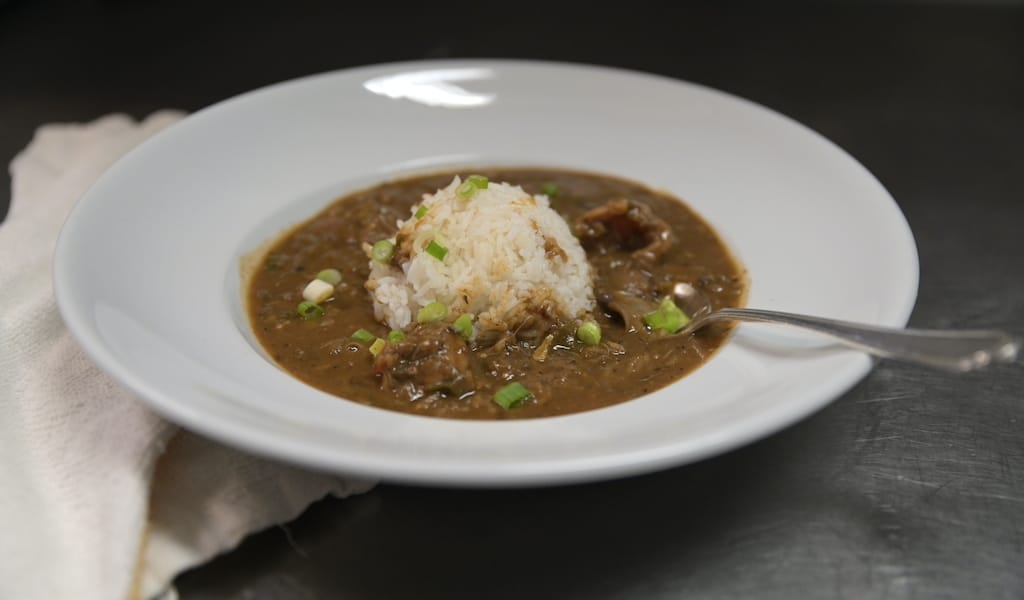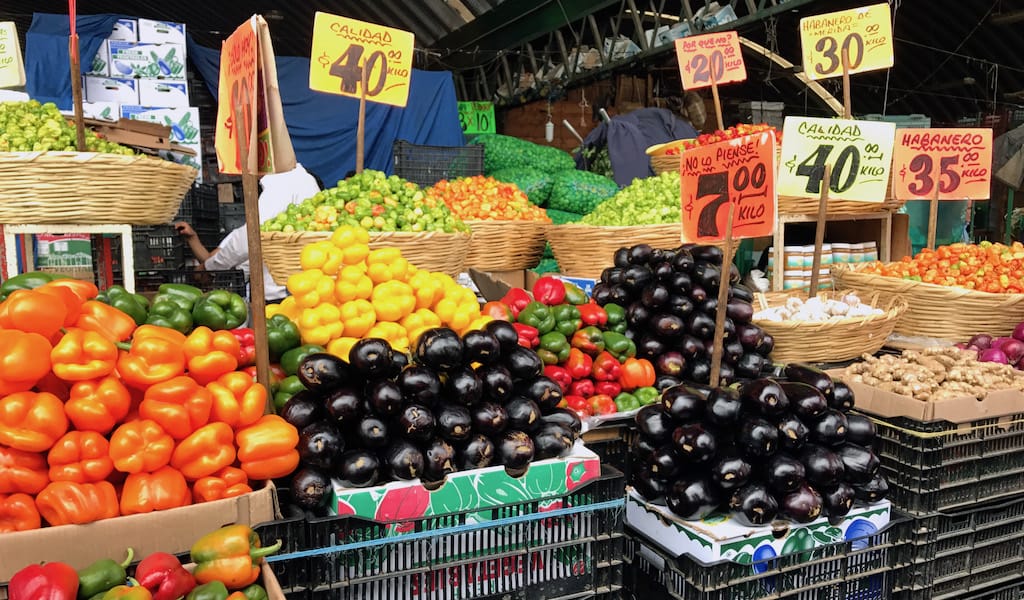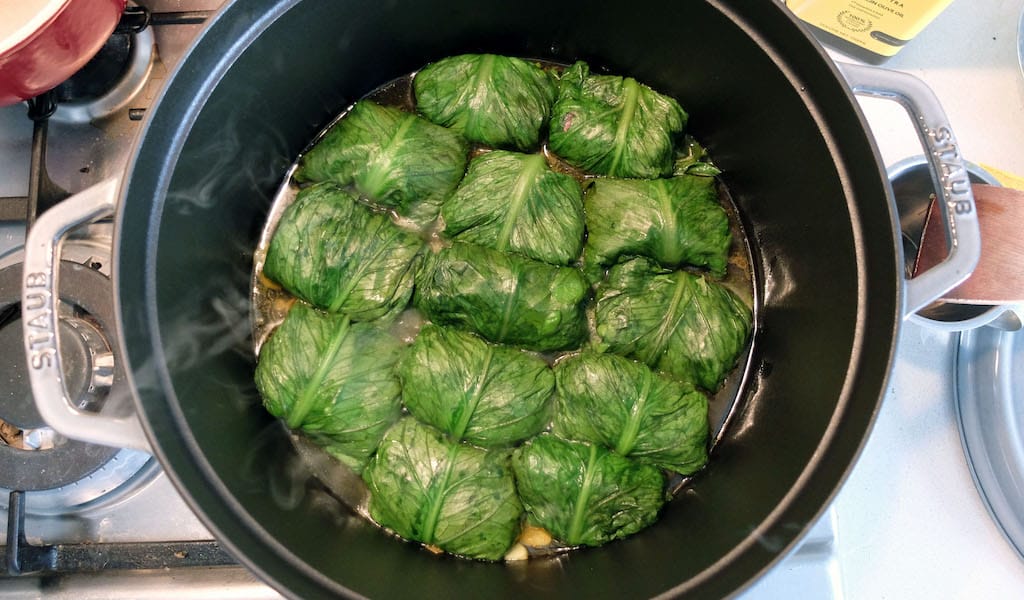Marcelle Bienvenue, the renowned Cajun food writer, wrote a cookbook called Who’s Your Mama, Are You Catholic, and Can You Make a Roux? These questions embody so much of life in Southern Louisiana, where kin, Catholicism, and cooking dominate the discourse. And while kin and religion are largely birthrights, making a roux is a learned skill, and one that often causes great trepidation. We cook our roux a little differently down here, and the worst thing you can do is burn it.
At its most basic, a roux is nothing more than equal parts fat and flour that are cooked together until they combine, and then used to thicken a liquid. In classic French cooking, it is used as a binder for bechamel and velouté, giving these mother sauces their velvety texture. In most other places, a roux is never cooked past its “blonde” colored stage, and is a neutrally flavored thickener. But in Louisiana, roux serves a different purpose, where it is not merely a thickener but a flavoring agent. This is achieved by cooking the roux aggressively, long past the stages considered sane by cooks in other parts of the country. From blonde we take our roux to new heights of peanut butter, rust, milk chocolate, dark chocolate and beyond, and each shade has a specific use and flavor.
When making a roux, the choice of fat is the first consideration. While butter and oil are the two most common choices, there are many other options. If you are making a duck and andouille sausage gumbo, a duck fat roux will add depth and body to it, while reinforcing the primary notes of the dish. And if you are looking for a smokier option, bacon fat is the perfect choice. But most of the time butter and a neutral oil such as canola are the go-to choices, and each has a specific use.
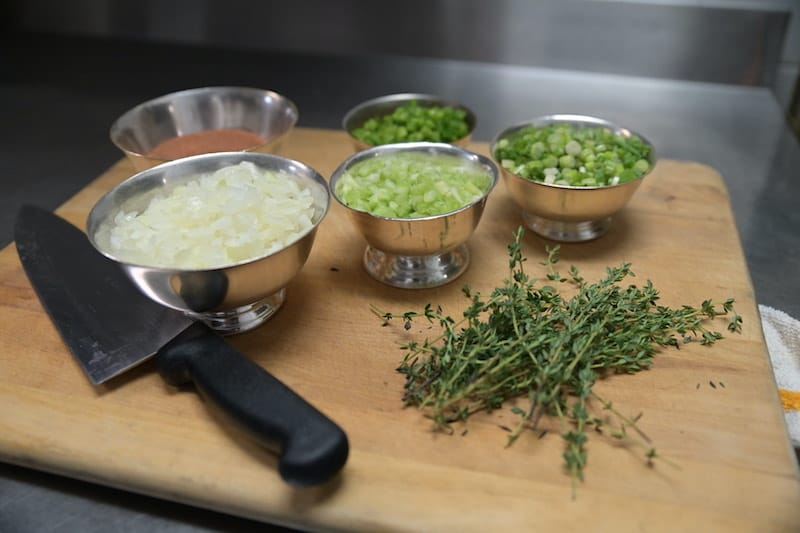
Fat equals flavor, and few fats impart flavor as well as butter. When using butter, however, which contains milk solids that can burn, it is important that you cook your roux to a color that doesn’t go much past that of peanut butter. Therefore, butter is the perfect choice for a dish like crawfish etouffée, a dish of “smothered” crawfish served in a thick sauce over rice. When cooking a roux, the longer it cooks, the less thickening power it has, as the proteins in the flour become denatured. A peanut butter-colored roux will still thicken, but it also adds a nutty flavor that helps balance out the crawfish. The result is luxurious – a rich, rust-colored sauce studded with crawfish, thick enough to coat every bite but not cloying, with buttery notes accompanying every bite.
But the test of skill for any roux-making individual in Southern Louisiana is the gumbo roux, which can range from a light brown color (the color for most seafood gumbos) to dark chocolate (a Cajun chicken and sausage gumbo). How far you take your roux is not merely a matter of taste, but of bravery and conviction. The greatest sin is burning the roux. You burn it, you must throw it out and start over. There is no saving it.
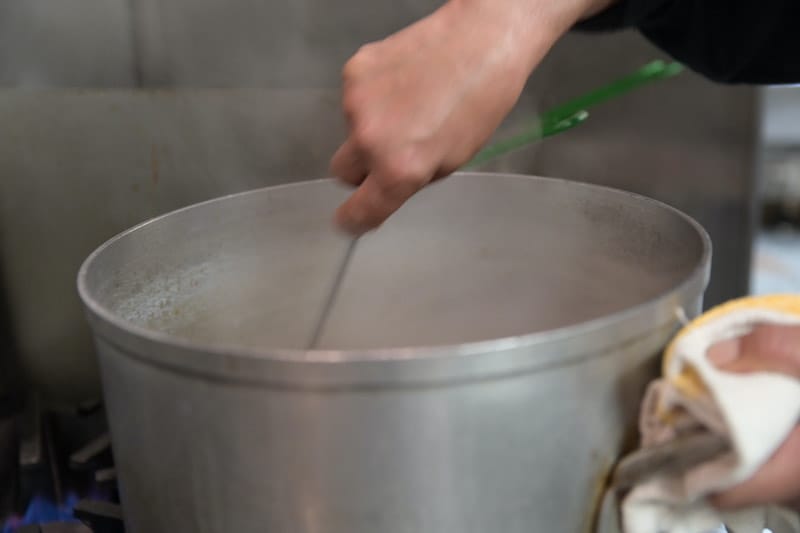
Thus, there are two strategies for making it. One involves cooking it low and slow over a medium heat, while slowly sipping a beer and stirring constantly. The other involves cranking the heat up and whisking as fast as possible until the desired color is achieved. Which strategy you choose depends on time and temperament. Alternatively, you can also make a roux in the oven in a cast iron skillet. This is a great method to use if you have other tasks to attend to. Simply start it on the stove, then transfer the pan to a 350-degree oven, stirring every half hour until it is finished. There is no one right way to make a roux, but there is definitely a wrong way, so choosing a method that is comfortable is critical.
The most important thing about making a roux is not to overthink it. Keep stirring it. If it starts to go too fast, take it off the heat. And mostly, have fun. In the end, it’s cooking, and it’s supposed to be fun. Below is my recipe for chicken and sausage gumbo. In Louisiana, we use andouille sausage, but if you can’t find that where you live, any good smoked sausage will do. Filé powder, which is ground sassafras root, is a thickener and an aromatic, but if you can’t find it, it’s okay to omit. So, relax and enjoy the process. And don’t burn the roux.
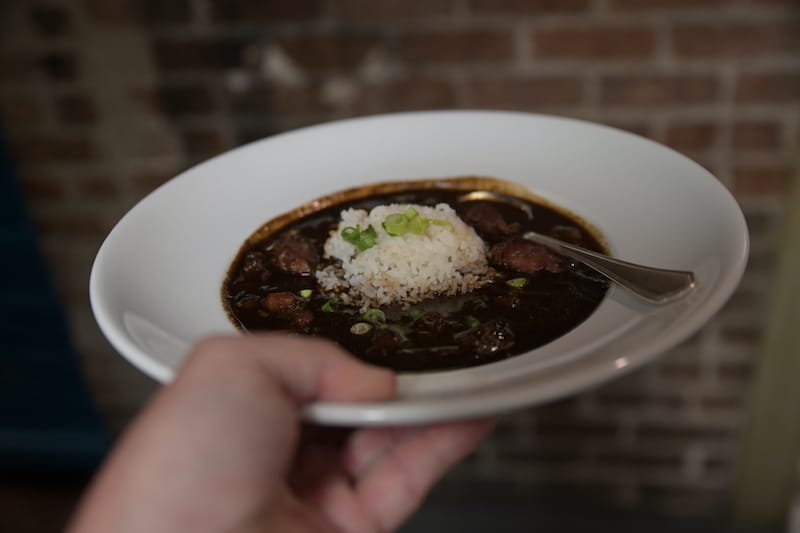
Chicken and Sausage Gumbo Recipe
1 ½ cup canola oil
1 ½ cup AP flour
4 cups onions, diced
2 cups celery, diced
2 cups green bell peppers, diced
1 tablespoon minced garlic
1 lb andouille sausage (sliced lengthwise and then cut in ¼-inch thick half moons)
1 tablespoon salt
1 tablespoon filé powder
1 teaspoon black pepper
1 teaspoon cayenne pepper
½ teaspoon white pepper
1 teaspoon granulated garlic
1 teaspoon granulated onion
1 teaspoon chili powder
1 tablespoon dried thyme
1 teaspoon dried oregano
4 quarts of chicken stock
3 bay leaves
1.5 lb roasted chicken, diced or shredded (tip, store-bought rotisserie works well here)
1 tablespoon hot sauce
1 tablespoon Worcestershire sauce
4 cups cooked rice (to serve with)
1 cup green onions, sliced
Procedure:
Over medium heat, heat oil in a heavy bottomed 8 quart Dutch oven. When oil starts to shimmer, add the flour, whisking constantly. Cook the flour u ntil it goes from peanut butter color to a chocolate stage. At this point, add the onions. The roux will thicken up and turn a dark chocolate color.
Keep stirring with a wooden spoon for about five minutes, then add the celery, and the bell peppers. Stir for another five minutes, then add the andouille sausage and the salt, spices and herbs.
Slowly add the chicken stock, stirring to incorporate. Add the bay leaves and chicken and bring to a boil then reduce to a simmer. Stir to make sure the roux doesn’t stick to the bottom of the pot and scorch. Simmer gumbo for one to two hours, until it thickens to a velvety texture and coats the back of a spoon. Taste for seasoning and finish with hot sauce and Worcestershire sauce, and serve immediately over cooked white rice and topped with green onions.
Local Bites: While the best gumbos in New Orleans and Louisiana will always be found in homes where generations of cooks have stirred the pot and passed down trusted family recipes, unless you know someone, you will most likely first encounter gumbo in a restaurant. But not all restaurant gumbos are created equally. Too often, they are sludgy and overseasoned and bear little resemblance to what a local would call gumbo. But there are some notable and worthwhile exceptions, listed below.
Dooky Chase’s Restaurant
Leah Chase, the Queen of Creole Cuisine, passed away in 2019, but her gumbo lives on at the iconic restaurant on Orleans Avenue in the Treme. It is a classic representation of Creole gumbo, with a light roux binding the luxurious combination of meat and seafood.
Dooky Chase Restaurant, 2301 Orleans Ave, New Orleans, LA 70119
Li’l Dizzy’s Cafe
The Baquet Family has been in the restaurant game in New Orleans for decades, and wherever they’ve gone their Creole gumbo follows. Spiked with ham, shrimp, blue crab, house made hot sausage and smoked sausage, it is a decadent delight.
Li’l Dizzy’s Cafe, 1500 Esplanade Ave, New Orleans, LA 70116
Gabrielle Restaurant
Chef Greg Sonnier cut his teeth in the kitchen at K-Paul’s, Paul Prudhomme’s groundbreaking restaurant that introduced Cajun cooking to Creole New Orleans. Sonnier’s dark, smokey pheasant and andouille gumbo, is both a homage to Prudhomme and a revelation, and a must-try in New Orleans.
Gabrielle Restaurant, 2441 Orleans Ave.New Orleans, LA 70119
 March 31, 2021 Ben Lai & Ben Zhen
March 31, 2021 Ben Lai & Ben Zhen
Sichuan cuisine is famous for its mouth-numbing, spicy flavors, but what many people […] Posted in Shanghai October 24, 2017 Market Watch
October 24, 2017 Market Watch
It’s no surprise that La Central de Abasto, Mexico City’s expansive wholesale market and […] Posted in Mexico City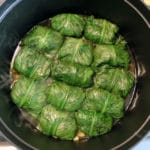 March 24, 2021 Recipe
March 24, 2021 Recipe
On March 27 of this year, Monique and Josef, the Moroccan-born couple that own […] Posted in Marseille
James CullenJames Cullen
Published on November 01, 2022
Related stories
March 31, 2021
Shanghai | By Jamie Barys
ShanghaiSichuan cuisine is famous for its mouth-numbing, spicy flavors, but what many people don’t know is that the provincial cuisine is subdivided into several specialty subregional cuisines. One of our favorites is Xiaohe Sichuan cuisine, which hails from the cities of Zigong, Luzhou and Yibin in the province’s southern region. Originally famous for its salt…
October 24, 2017
Mexico City | By Julissa Treviño
Mexico CityIt’s no surprise that La Central de Abasto, Mexico City’s expansive wholesale market and the largest such market in the world, is constantly in motion. From the carretilleros, employees who move produce on dollies and whistle to signal that they’re passing through, to the steady stream of customers, the market pulses with energy. It’s a…
March 24, 2021
MarseilleOn March 27 of this year, Monique and Josef, the Moroccan-born couple that own Patisserie Avyel, plan to roast a turmeric-coated lamb shoulder above a bed of onions. My friend Judith, whose family hails from Algeria’s Tlemcen region, will blend almonds and raisins into mlosia, a thick jam. And, in my apartment, I will simmer…







































